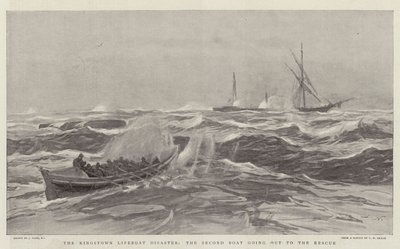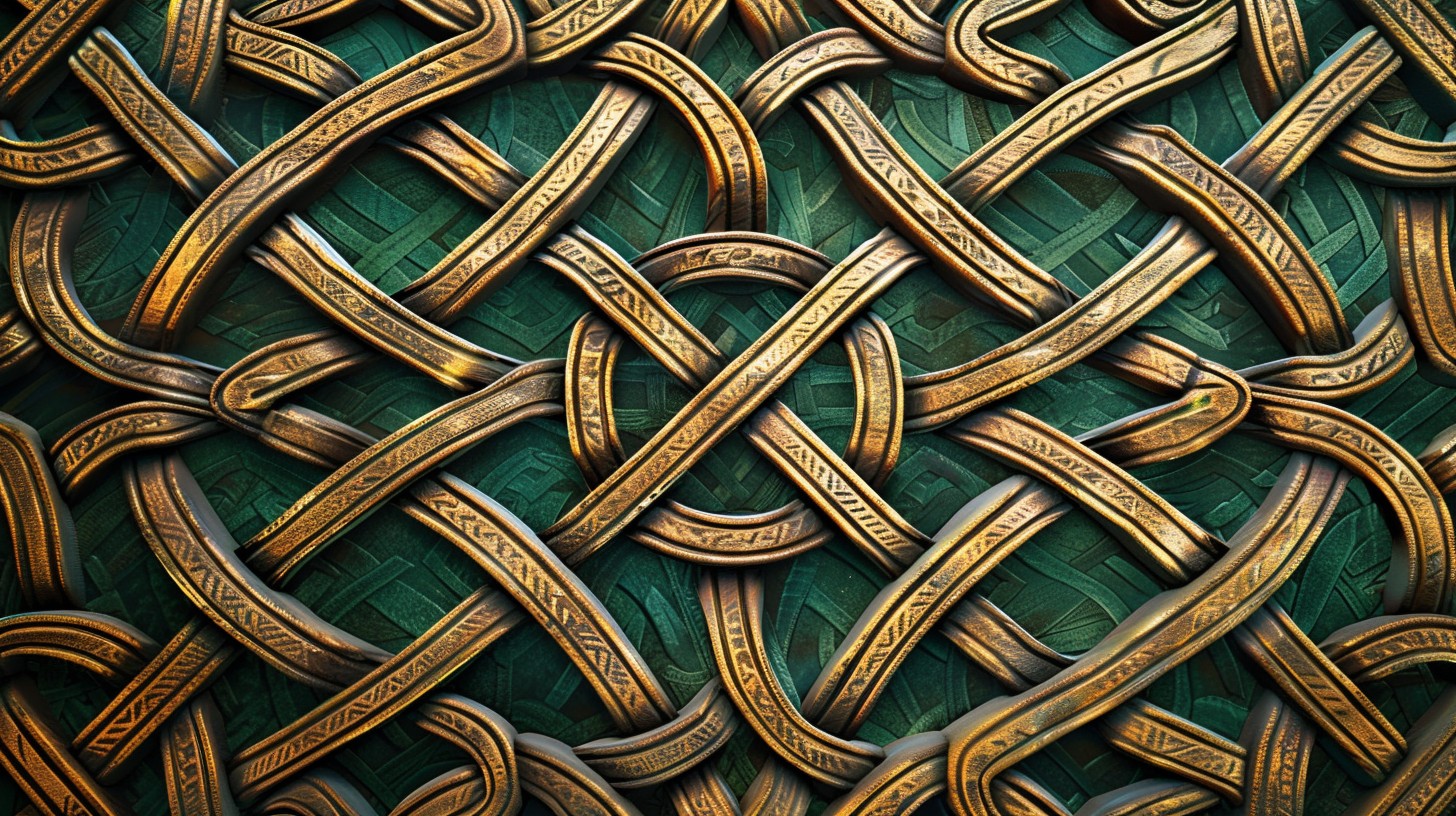The Kingstown Lifeboat Disaster

A century earlier, Dublin's Ballast Board began staging lifeboats at strategic locations, due to the number and frequency of shipwrecks in the area.
Formed in 1787, the Ballast Board's primary function was maintaining and improving Dublin Harbour. But almost immediately, they recognised that given the area's history, known navigational challenges and Dublin's status as Ireland's busiest commercial shipping port - a substantial fleet of lifeboats, protecting lives of local and foreign mariners was sorely needed.In 1862, the Ballast Board officially transferred oversight of lifeboat stations at Poolbeg, Howth and Dún Laoghaire to the Royal National Life-Boat Institution (RNLI) which today manages 46 Lifeboat Stations and 12 Lifeguard Units in just Ireland alone. In total there were four lifeboat stations within Co. Dublin at Howth, Skerries, Dún Laoghaire and Poolbeg - until the latter closed in 1959.
But the spotlight fell upon Dún Laoghaire that Christmas Eve, 1895. At roughly 10am, 24 Dec, locals squinted through an icy gale as the Finland flagged sailing vessel, SS Palme, dragged anchor, running aground just off of their rocky shores.
The Kingstown No. 2 Life-boat, Civil Service No. 7, was quickly launched to assist. On approach to the Palme, in under three fathoms, Lifeboat No. 2 was violently capsized in a tumult of angry seas and howling wind.Designed to right herself, she did not, remaining with her keel skyward as all 15 of her volunteer crew were lost in within sight of their families ashore.
The men manning the No. 1 Lifeboat, Hannah Pickard, also watched with horror, launching shortly after No. 02. No. 1 did manage to reach the stricken vessel. But after repeatedly capsizing and righting herself, fierce winds and heavy seas prevented her crew from gaining a suitable angle of approach. Battered and oarless, with her rigging in tatters, the No. 2 boat was washed ashore at Blackrock. - miracualously with no loss of life. Even the lifeboat out of Poolbeg, attempted the rescue, but returned safely after failing, to reach the vessel. The Flying Sprite and Flying Swallow, two local tugboats, were next dispatched, but the harsh conditions prevented even them from reaching their target.The Palme, with twenty souls aboard, would spend Christmas Eve night and Christmas day, being ripped apart on the rocks. Not until St. Stephen's day, would the Tearaght, a steamer under authority the Irish Lights, safely reach the Palme and rescue all aboard.
The losses from Lifeboat No. 1 left a deep and lasting scar upon Dún Laoghaire, with news of the disaster traveling far beyond Ireland's shores. Among those lost on Lifeboat No. 1, were brothers, fathers and sons, leaving behind a staggering 13 widows and 36 fatherless children.
A monument near the sight of disaster lists the names of the brave men lost.


